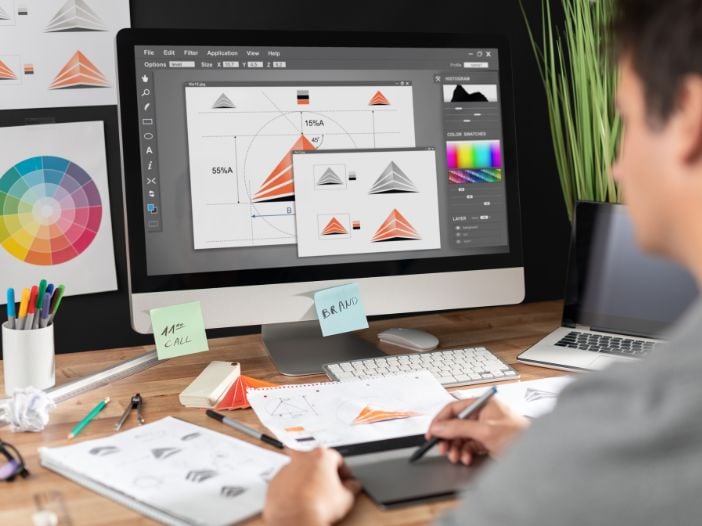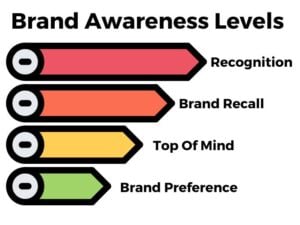When creating a brand identity for your business, it’s essential to consider all elements that will make up your brand.
Your brand assets are a crucial part of your brand identity.
They help you achieve your business goals by making it easier for your ideal customers to choose your products or services over your competitors.
What are branding assets?
Your brand assets can include your logo, company name, tagline, color palette, font choices, and other visual elements associated with your brand.
When you utilize your brand assets together in a consistent way, they create a strong and recognizable brand that customers come to know and trust.
Why are brand assets important?
Brand assets are essential because they can help your business stand out in a competitive marketplace, build customer loyalty, and create an overall sense of trustworthiness for your brand.
For example, if you have a product on the shelf with hundreds of other products on either side, your brand assets can help make your product more recognizable and easy to choose from.
In some cases, customers may be loyal to a brand because of how it looks or feels, without knowing much about the products or services offered.
This is why strong brand assets are so important – they can create an emotional connection with customers beyond the product itself.
For example, my wife, at one point, would choose a new wine to try based on the bottle and label design.
The wine’s brand asset (bottle design) was enough to be chosen over the competitor’s brand without knowing anything about the company or product.

How can I identify brand assets?
There are several ways to identify your brand assets.
You must determine what brand assets resonate with customers, not what you think is essential.
Ask your customers what brand elements they most associate with your brand
Conduct customer surveys, interviews, or focus groups to get feedback about what customers think of your brand.
This can be a great way to identify areas where your brand assets are falling short or standing out.
Typically, what you think is the best aspect of your brand and working well is having the opposite effect.
Audit your social media presence
You can also look at your brand’s social media presence and track the interactions and conversations that are happening around your brand online.
This will give you insights into what customers are saying about your brand and what elements they most associate with it.
Your social is one of the most straightforward digital assets your company has.
Genuine conversations happening naturally are one of the best ways to get authentic feedback about how customers feel about your brand.
Make a list of all the places your brand appears online
Another way to audit your brand assets is to make a list of all the places your brand appears online.
This includes your website, social media profiles, review sites, directories, and any other place where customers might interact with your brand.
Then, take a close look at each of these touchpoints and see how consistent your brand assets are across all of them.
This will give you a good idea of how strong your brand is and where there might be some opportunities to improve it.
Create brand guidelines
Now that you have taken the guesswork out of creating a strong brand, it’s essential to document your brand assets and create brand guidelines.
Your brand guidelines should include all the elements that make your brand, such as your logo, color palette, typography, and tone of voice.
It should also outline how and where these elements should be used for consistency across all touchpoints.
Brand guidelines are essential in ensuring that your brand remains strong and recognizable.
It’s also a helpful tool for anyone running marketing campaigns on behalf of your company, such as your marketing team, contractors, or agencies.
Having brand guidelines in place will help everyone involved in creating or representing your brand to understand what your brand is and how it should be represented.
Brand asset management
Creating brand asset management systems to keep track of your brand assets is crucial to maintaining a strong brand.
As your company grows, you will likely create new brand assets or update existing ones based on many factors, such as customer feedback, new products, or changes in the marketplace.
It’s essential to have a system in place to track all of your brand assets and keep them organized for easy reference.
Your brand asset management system can be as simple as a spreadsheet or an online database.
Whatever system you use should be accessible to everyone who needs it.
How do you create a brand asset?
You can create brand assets in a number of ways, depending on what type of asset it is.
Know your target audience
It will be challenging to build brand loyalty if you don’t understand your audience’s desires, fears, and objections.
This is where market research comes in.
There are a number of ways to collect data about your target audience, such as surveys, interviews, testing ad variations, and social media listening.
Once you have this information, you can create brand assets that appeal to their needs and wants.
Your brand assets benefit from knowing your ideal client’s demographic data, such as:
- Age
- Gender
- Location
- Income
- Family status
- Education level
Creating personas can be a helpful way to segment your target audience and understand their needs.
Naming your business
Your brand name is another of your company’s brand assets that should not be taken lightly.
Your brand name is one of the first things potential customers will see, and it should be memorable, easy to pronounce, and evocative of your brand value.
Your brand name should also be available as a domain name and social media handle, so make sure to check those before making a final decision.
You need to think about the end game for your company’s identity.
For example, creating a personal brand may not be the best route if you want to have an exit in 5 years.
Getting this right will do wonders for all your marketing strategies and branding elements.
Do your say, “I am going to search for close Thai restaurants,” or “I’m going to Google Thai restaurants?”
Do you say, “I need some sticky notes,” or “I need Post-It_Notes?”
Developing your logo
Your brand assets logo is likely your most important brand asset if you have a product-focused business competing on the shelf.
It should be designed by a professional graphic designer who understands branding and can create a logo that reflects your brand’s values and personality.
If you have a luxury brand, the last thing you’d want to do is have a cheap-looking logo.
A logo can be enough to give you a competitive edge in some markets, so it’s essential to get it right.
Your logo should be:
- Simple
- Memorable
- Timeless
- Versatile
- Relevant
When you see the golden arches, you automatically associate that with hamburgers or happy meals.
Or when you see Nike’s swoosh logo, you think of athletes and activewear.
Your logo should be able to evoke the same associations in your target audience.
Developing your website
Your website is another essential brand asset.
Nowadays, a website is a requirement when building a brand.
Your brand’s identity must have a digital presence that you control.
You’ll want to work with a web designer or agency who can help you create a website that is on-brand and optimized for search engine ranking and conversion.
Developing your messaging
Work with a copywriter to help you create messaging aligned with your brand guideline while speaking to your audience’s needs.
Your brand assets tagline or personal branding statement is essential to your messaging.
It should also be engaging and informative without being too sales-y.
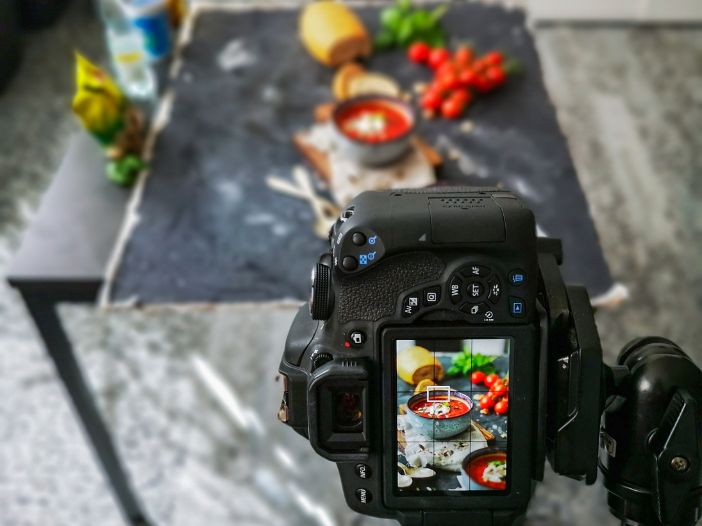
How can I leverage my brand assets?
Now that we know why brand assets are so important let’s look at how you can use them to achieve your business goals.
Be consistent and organized
You need to use the same brand elements across all touchpoints and marketing channels.
This includes using the same colors, fonts, logos, messaging, and tone of voice.
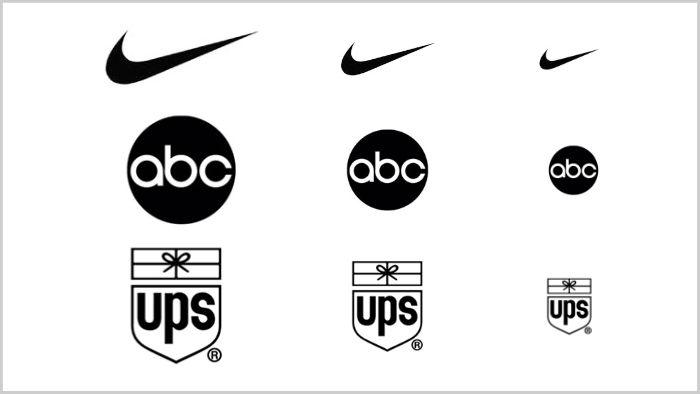
That’s why having a scalable logo is vital in developing your brand image.
Leverage user-generated content
User-generated content (UGC) is a powerful tool for your marketing campaign because it’s real people using and talking about your brand.
This social proof can help you build trust with potential customers and increase brand awareness.
Create more content
Your brand consistently needs relevant content to build brand awareness and stay top of mind.
This is especially important if you’re in a competitive market.
You need to create valuable content that educates, entertains, and informs your audience while promoting your brand.
This could be in the form of blog posts, eBooks, white papers, infographics, or even video content.
Whatever your audience hangs out, you need to start producing much content.
Repurpose your content
You can get more mileage out of your content by repurposing it for different channels.
For example, you can take a blog post and turn it into an infographic or a video.
This will help you save time and money while delivering high-quality, on-brand content.
What are examples of brand assets?
There are many great examples of brand assets.
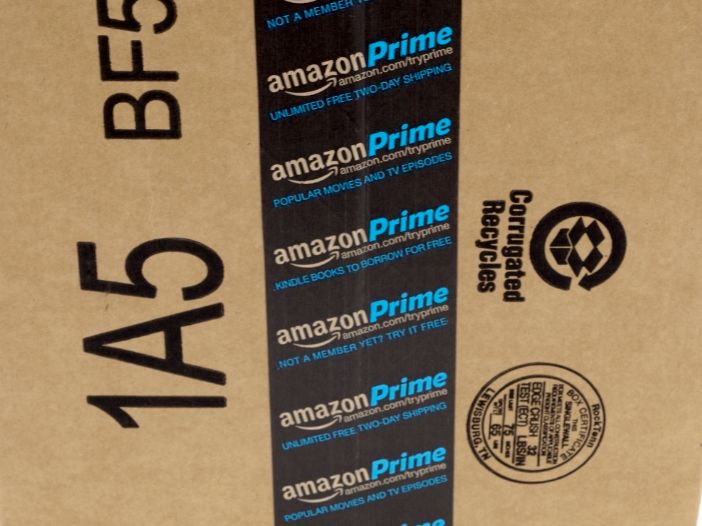
Amazon packaging
Even though you can order thousands of different products from different providers, they always come in a brown box with branded tape.
This creates a consistent unboxing experience for customers and reinforces the Amazon brand.
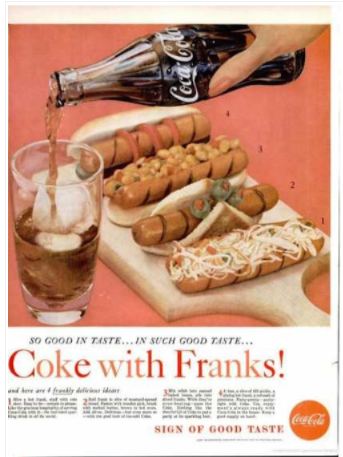
Coca-Cola
Coca-Cola is another excellent example of a brand that has managed to stay relevant for over a hundred years.
They took food that customers recognize and associated Coca-cola as the perfect combo.
They also have one of the most recognizable logos in the world.

Apple
Apple is a great example of a brand that has successfully transitioned from a computer company to a lifestyle brand.
They’ve done this by using consistent branding across all their products and marketing channels.

